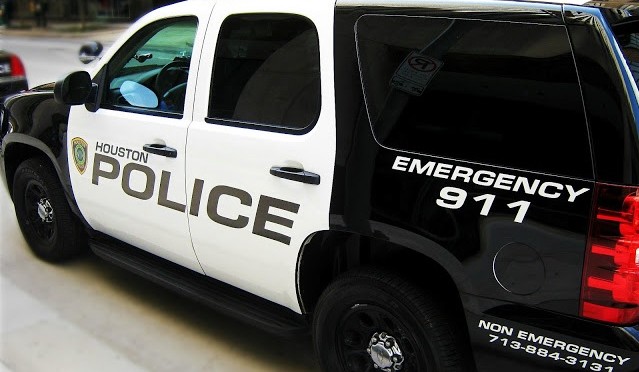Policing Issues– Cameras Will Help, But What Next??
In the wake of recent protests in Ferguson, MO., there has been new attention placed on law enforcement interactions with citizens across the nation. The increased scrutiny is also causing organizations like the Houston Police Department to quicken some of changes that they may have had planned down the line. For HPD, those changes start … Continue Reading ››
